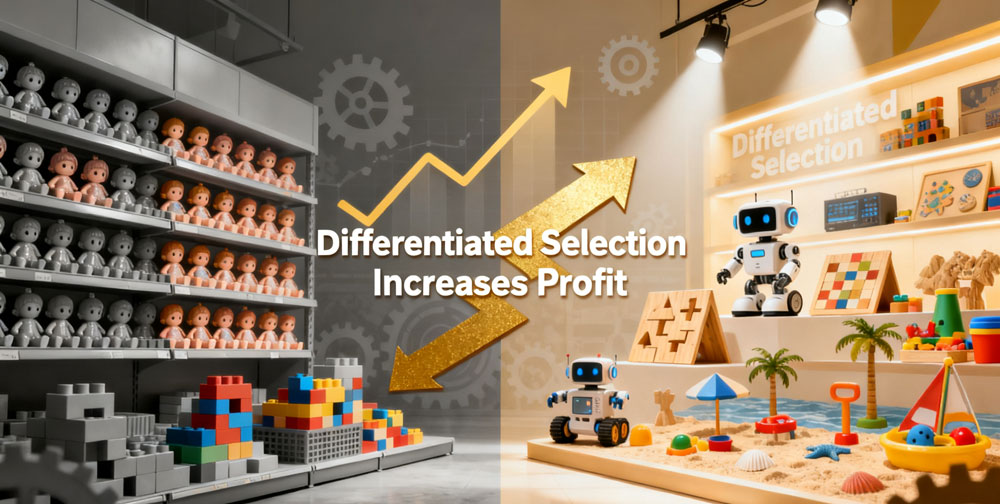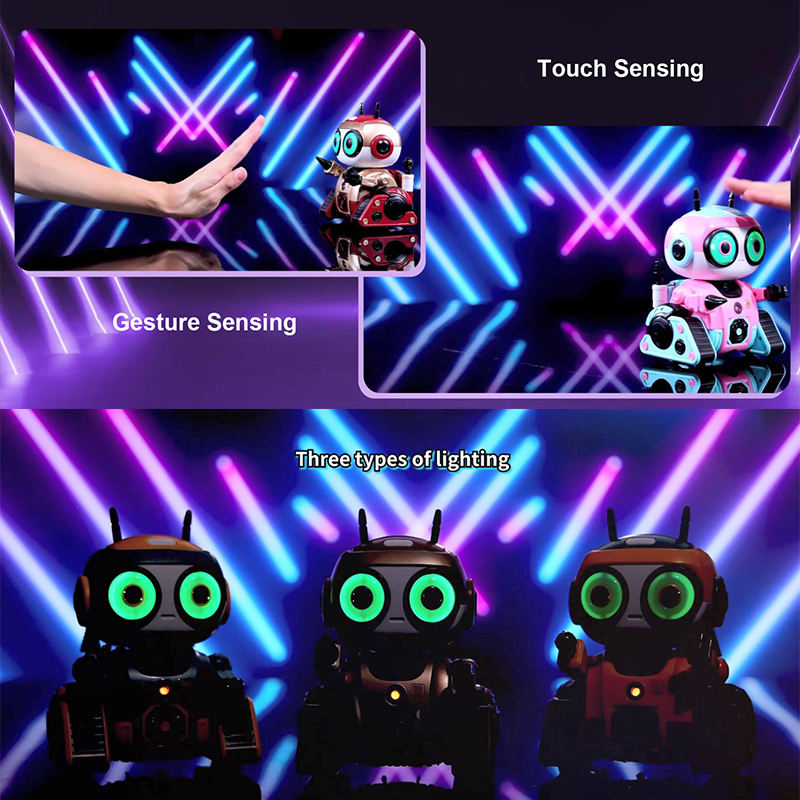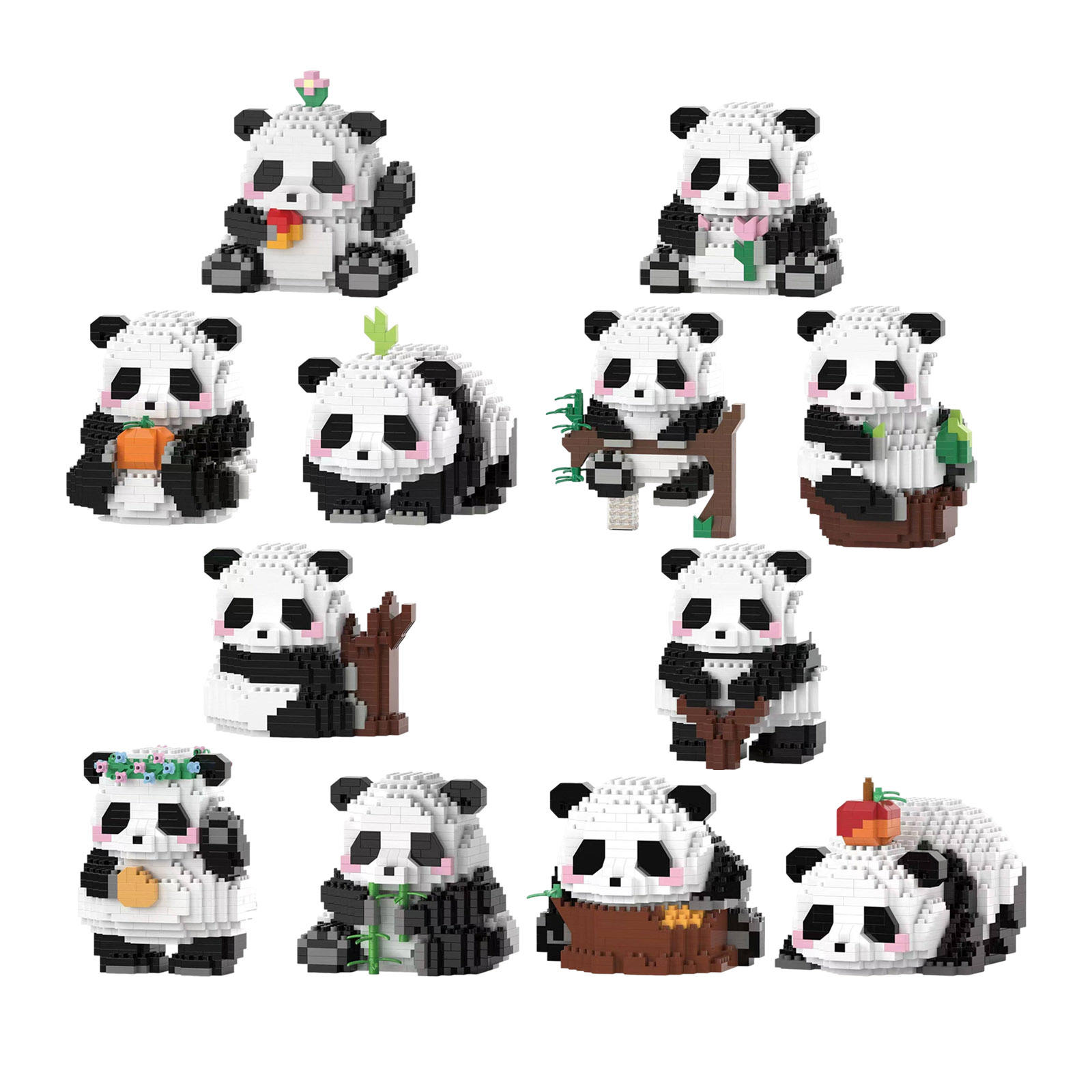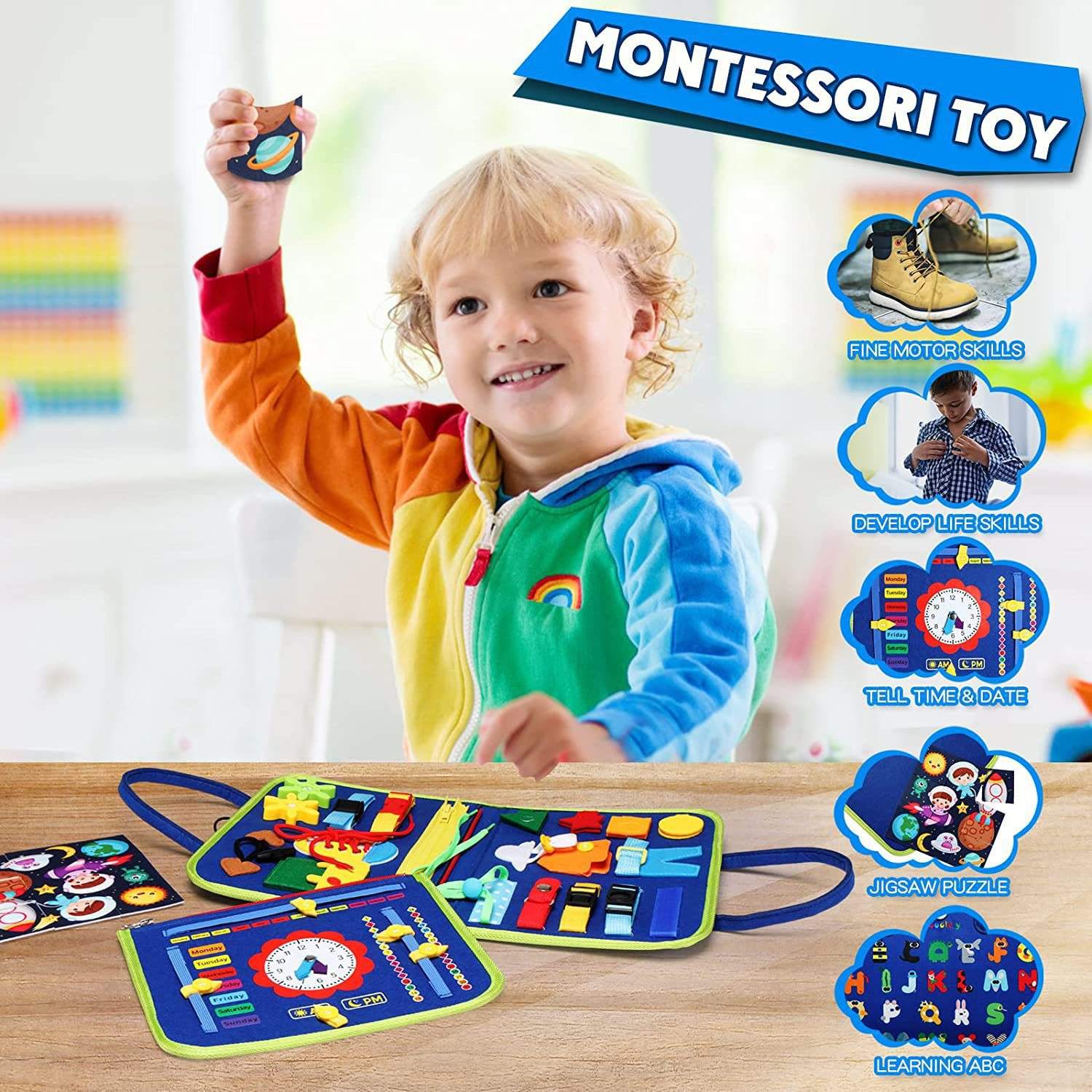The key to winning in the competitive toy industry lies not in competing for the same products, but in finding untapped opportunities.
In today’s saturated toy market, retailers face a critical challenge: how to distinguish their offerings and capture sustainable customer attention. While many competitors rush to stock the same trending items, the real opportunity lies in strategic differentiation. By focusing on unique product selection, retailers can unlock higher profit margins and build a loyal customer base.

This article explores five practical strategies for toy retailers to differentiate their product lines, supported by real-world case studies and market data.
Leverage Niche Markets with High Emotional Value
Target Underserved Customer Segments
Instead of focusing solely on the broad children’s market, consider specialized niches that offer stronger emotional connections and higher willingness to pay.
Case Study: Sensory Toys Transformation
Sensory toys initially designed as therapeutic tools for children with autism or ADHD have now entered the mainstream market. The U.S. has at least 15 million families with potential need for these products, creating a substantial niche market. Products like FoloToy's AI-enabled companions demonstrate how targeting specific needs can yield impressive results—20+% repurchase rates and user interaction times of 17-20 minutes per session.
Implementation Approach:
- Identify niches based on developmental needs, special interests, or demographic factors
- Develop products that address specific emotional or therapeutic needs
- Communicate the unique value proposition clearly to your target audience
Implement Strategic Pricing & Value Innovation
Create Value Beyond Price Competition
Rather than engaging in price wars with mass-market toys, focus on creating distinct value that justifies premium pricing.
Case Study: Giiker's Smart Educational Toys
Giiker achieved success by positioning its products in a gap in the market—priced around $30, significantly above traditional toys but below high-end brands like Lego. This strategic pricing, combined with educational value, resulted in selling 2.5-3 million units annually with only a few SKUs.
Pricing Strategy Framework:
- Budget tier(<$10): Impulse purchases and traffic drivers
- Core gifting tier ($15-40): Primary revenue generators with balanced value
- Premium specialty tier ($50+): High-margin items with strong differentiation
Embrace Cultural & Localized Themes
Develop Products with Cultural Resonance
Products that reflect local culture, history, or shared experiences can create strong emotional connections that generic toys cannot match.
Case Study: Small Town Story" Building Blocks
A Hong Kong toy company achieved monthly sales of over 4,000 units by creating building blocks featuring local cultural elements like traditional bakeries, trams, and buses. Their success stemmed from tapping into local nostalgia and cultural pride.
Cultural Implementation Ideas:
- Incorporate local landmarks, traditions, or historical elements
- Collaborate with local artists or cultural institutions
- Create storytelling content that reinforces cultural connections
Focus on Product Longevity & Sustainability
Shift from Fast Toys to Long-lasting Products
In an era of increasing environmental awareness, toys designed for durability and sustainability stand out.
Industry Trend:
Companies like Hasbro have responded to consumer demand by adopting more environmentally sustainable materials, such as plant-based plastics for their Mr. Potato Head line. This approach not only addresses environmental concerns but also appeals to eco-conscious parents.
Longevity Strategies:
- Design for durability and repairability
- Use sustainable materials and processes
- Create timeless designs that won't quickly go ou
Integrate Technology Meaningfully
Enhance Play Value Without Gimmicks
Technology should enhance the play experience rather than serving as a superficial add-on.
Case Study: FoloToy's Balanced Approach
FoloToy found greater success with a 70% companionship and 30% education balance rather than overemphasizing educational aspects. Their AI toys focus on providing emotional value through natural interactions rather than cramming in excessive educational content.
Effective Technology Integration:
- Ensure technology serves the play experience rather than dominating it
- Focus on open-ended play possibilities rather than predetermined outcomes
- Prioritize intuitive interfaces that don't create barriers to play
Putting It All Together: A Framework for Retailers
For toy retailers seeking differentiation, the path forward involves strategic selection rather than simply following trends. Here's a practical framework:
- Identify your unique positioning: Determine whether you'll compete on innovation, specialization, cultural relevance, or quality
- Understand your customers' deeper needs: Look beyond surface-level wants to identify emotional, developmental, or social needs
- Build a balanced product portfolio: Combine traffic drivers with higher-margin differentiated products
- Develop compelling storytelling: Help customers understand the unique value of your products through effective communication
The most successful toy retailers of tomorrow will be those who recognize that differentiation creates its own market. Rather than fighting for a larger share of an existing market, they'll create new market spaces where competition becomes irrelevant.
For retailers interested in exploring differentiated toy suppliers, our company specializes in unique products that help retailers stand out. Contact us to learn how our approach can give you a competitive advantage.
Post time: Sep-25-2025






